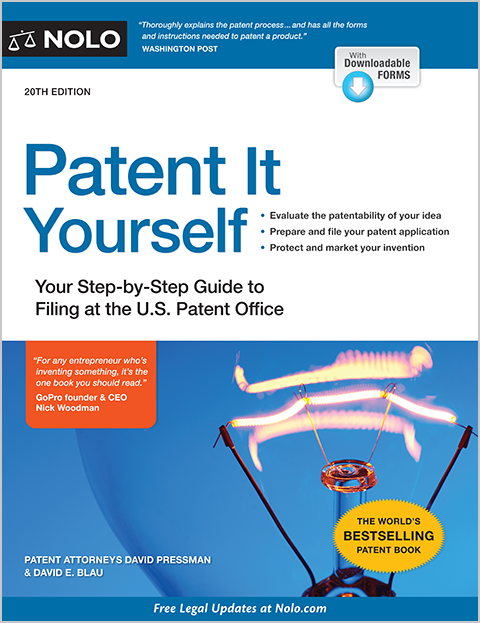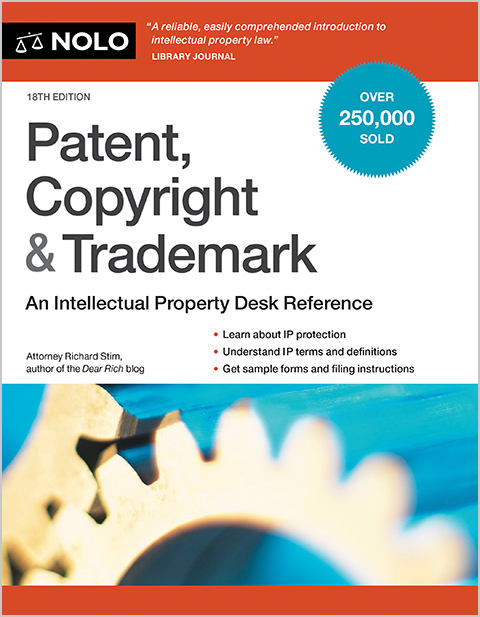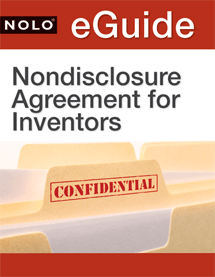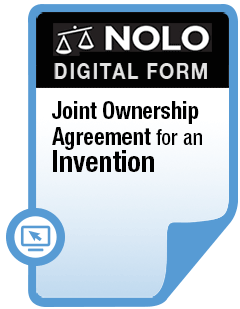Here's how to use the Internet to do a relatively quick and easy patent search.
Patents are an important form of intellectual property that allows inventors to obtain exclusive rights over their inventions for a set period of time. The U.S. Patent and Trademark Office (USPTO) grants patents in the United States, following an application process.
The first step in obtaining a patent for your invention (or determining whether you even qualify for one), however, is to find out whether someone else already has one. If your invention is already patented, then you're out of luck. The quickest and easiest way to determine whether one already exists is to do an online patent search.
This article summarizes the importance of a patent search and the ways of conducting this search. (For more information, see our article on how to get a patent on your own.)
The Importance of a Patent Search
In the United States, if you're the first person to invent a novel product, formula, or device (among other categories), your invention might be patentable. When you obtain a patent, you receive a monopoly over its use, which ordinarily lasts 20 years from the date of your patent application. That monopoly, depending on how you make use of it, can lead to financial rewards.
Before the age of the internet, a patent search required hiring a patent lawyer or professional patent searcher at a cost of hundreds or even thousands of dollars. The expense discouraged many inventors from performing patent searches.
Online Patent Searches
You can now perform your own patent search online, in your spare time, with relatively minimal effort and cost. Below are the main sources for this task.
U.S. Patent and Trademark Office
The USPTO provides an online patent searching tool to the public called the "Patent Public Search" (PPS). You can search the texts or claims of patents for free using PPS. With the USPTO's PPS system, you can:
- search U.S. patents back to 1836
- search U.S. patent applications back to April 2001 (when they were first published), and
- make bibliographic searches, for example, to find out the name, title of invention, or patent number, of patents from 1790 to the present.
Everything is free on the USPTO's website, except for orders of patents to be sent by mail. For more, read our article on the PPS tool.
Google Patents
Another free patent website is Google Patents, an excellent resource that includes text-searchable U.S. patents dating back to the 1790s (the beginning of the U.S. patent system). Many patent searchers find the Google site to be more thorough and easier to use than the USPTO's website.
With Google Patents, you can also search for patents from patent offices in more than 20 other countries.
Fee-Based Patent Searching Companies
There are several fee-based patent searching companies:
- Clarivate, a fee-based company that provides a range of services including patent searches.
- Sagacious IP, a multi-service firm that provides patent searches.
- PatBase, a database that can search many nations' patents back to the 1800s, with batch downloading.
- Cardinal Intellectual Property, a firm that provides patent search and monitoring services.
If you don't have internet access at home or work, you can access the internet at no cost in many public libraries.
Offline Patent Searches
Perhaps searching online isn't convenient for you. Or perhaps your idea involves something timeless, which means you need to search for old patents, before 1976.
A helpful resource for complete patent searching, from the first patent ever issued to the latest, is a network of special libraries called "Patent and Trademark Resource Centers" (PTRCs). These libraries are well-stocked, not only with patent materials but also with reference librarians who will guide you through the patent search process. Most states have at least one resource center. You can search for a PTRC near you on the USPTO website.
Additional Information
If you're ready to do a patent search and take the other necessary steps to apply for a patent, get Patent It Yourself, by David Pressman (Nolo). This book describes the entire patent process, providing updated information and clear instructions.
Talk to a Lawyer
Need a lawyer? Start here.
How it Works
- Briefly tell us about your case
- Provide your contact information
- Choose attorneys to contact you
- Briefly tell us about your case
- Provide your contact information
- Choose attorneys to contact you



